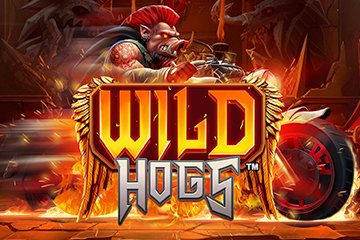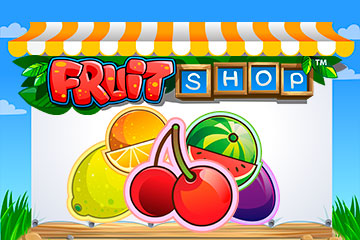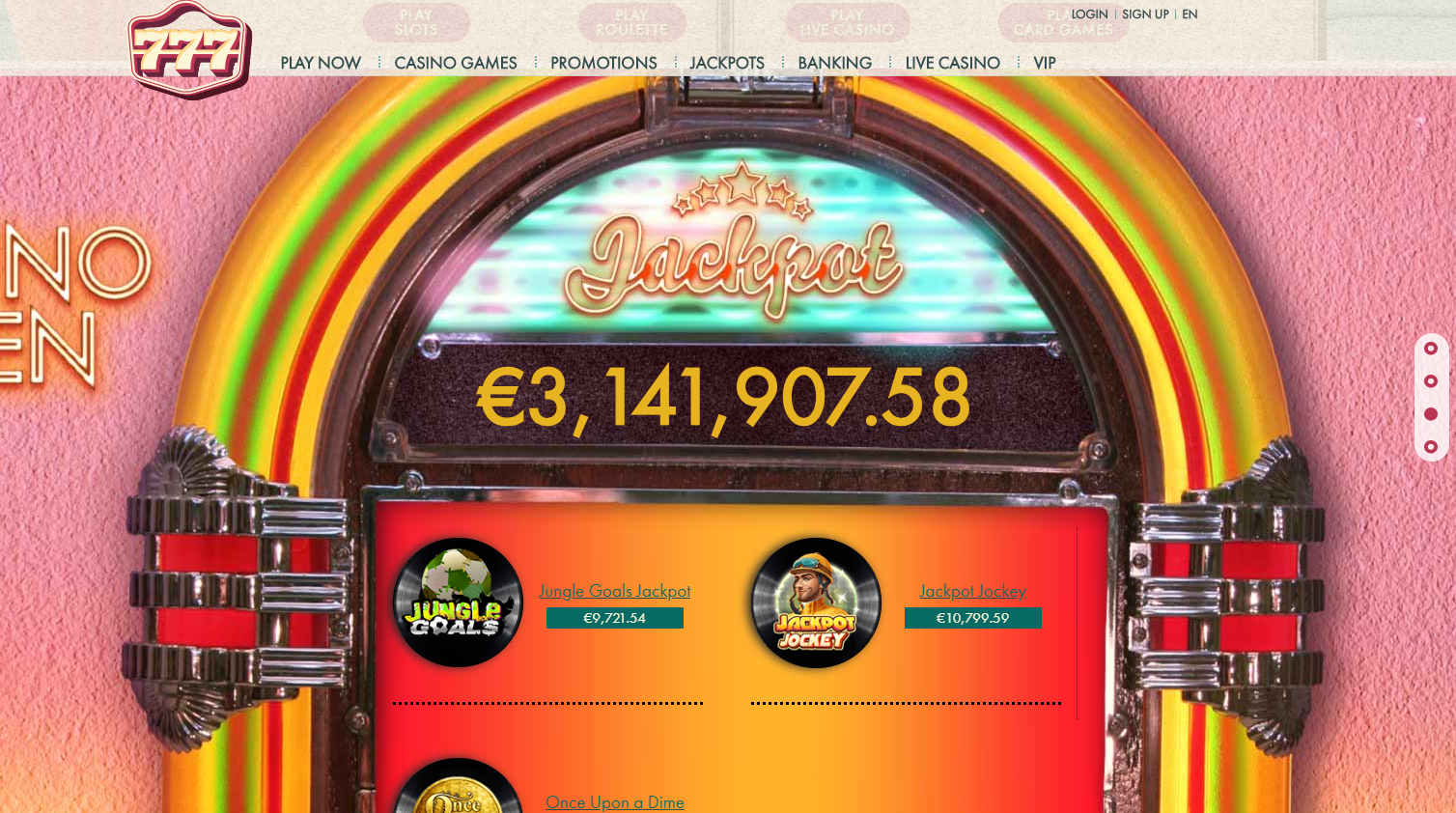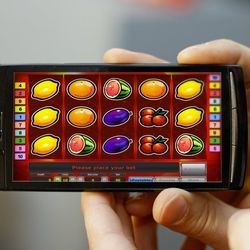This type of the famous table game is its latest modification in Europe. European Roulette is quite similar to the original Roulette, and was made popular by the Monte-Carlo entrepreneur Louis Blanc in the middle of the nineteenth century. Many fortunes were made and lost on the spin of the wheel, for example one of famous Russian classics, Dostoyevsky, lost it all at a Roulette table in Baden-Baden.
Silence is golden
The wheel and the game table are divided into 37 sectors and, similar to the original game, they are coloured into red and black alternate colours. The numbers are located randomly while American Roulette prefers more organised arrangements. Zero sector is coloured green, and there’s only one green sector here.
The types of bets available are the same as in classic Roulette, and are located around the table in a similar fashion. In European version, the following bets are available:
Inside – when the money is risked on certain numbers. In this case, bets could be allocated to the single number, two, three, four or six numbers;
Outside – gambling on the field next to the numbers. Bet options possible are on a dozen (12 numbers), column (12 numbers), odd or even number (18 numbers), colour (18 colours), or the size of the number (18 numbers from 1 to 18, or 18 numbers from 19 to 36).
Contrary to Classic Roulette, European Roulette does not allow oral betting.
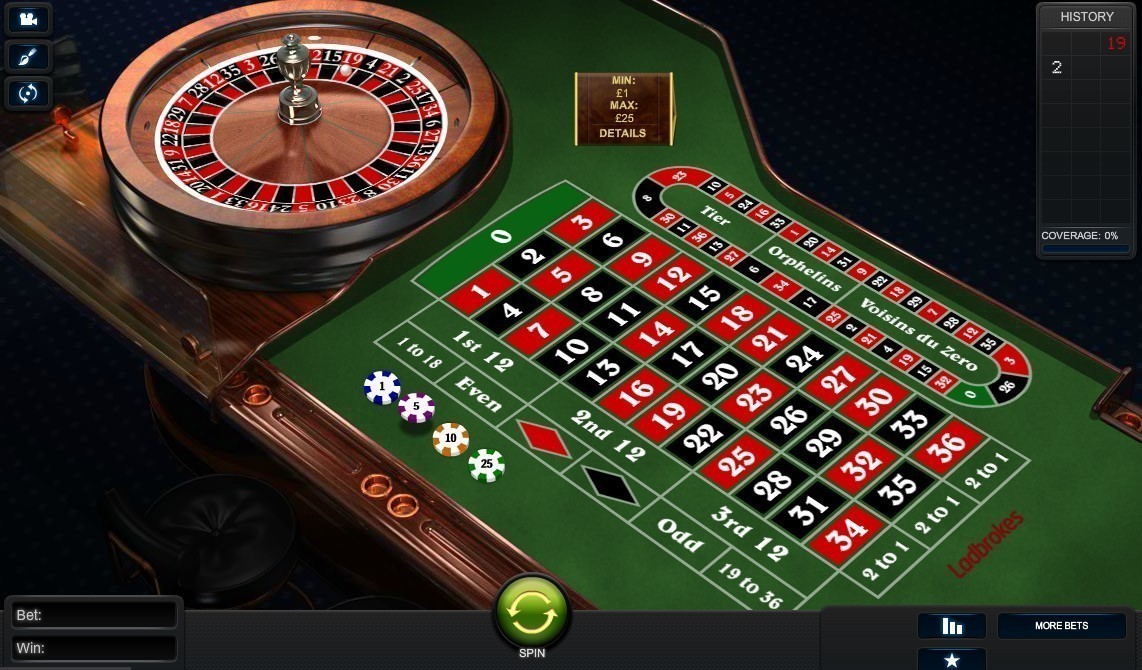
No risk no fun
The game flow is same as in many other Roulette types: the croupier spins the wheel, lets the ball run, and takes bets until the last three rounds. The player that guesses the number where the ball will stop, gets the payout. It is also possible to double the bet in case of betting on a dozen or another outside bet. The size of payout depends on the number of bets made as in case of inside bets, the payout is worked out as 18 to 1 or more. If a zero wins, all bets go to the house (casino).

